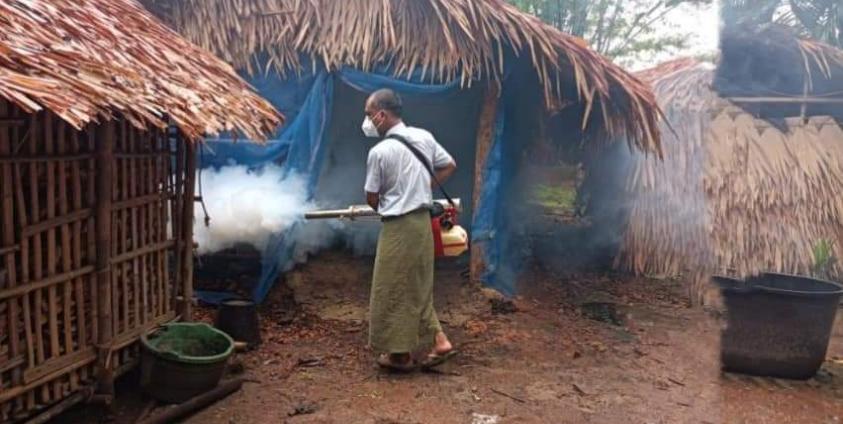Between January and May of this year, there have been more than 230 cases of hemorrhagic dengue fever documented in Mon State. According to the State Department of Public Health and Treatment, to date, one person has died from the fever.
This year, hemorrhagic dengue fever outbreaks may increase, so it is necessary to pay special attention, according to an official from the State Department of Public Health and Treatment.
"It hasn't rained a lot yet, but the number of people infected has exceeded 230 and the death rate has already reached last year's rate. This is a danger sign," he said.
Last year in 2022, there were more than 2,000 cases of hemorrhagic dengue fever in Mon State, and there was also one death, according to the State Department of Public Health.
The Department of Public Health is working to educate the public and has a school-awareness program in place. In addition, all health workers and volunteers in every township are being educated to monitor children suffering from the disease. Early detection can help to save lives if individuals have been infected.
The Public Health Department is conducting educational activities, informing residents about mosquito control measures, and insecticides that can kill mosquitoes that carry the disease.
The public is reminded to protect their body from exposure to mosquitoes and to monitor for common symptoms of dengue fever which include: nausea, and vomiting. rashes aches and pains (eye pain, typically behind the eyes, muscle, joint, or bone pain)
Individuals who are infected for the second time are at greater risk of severe dengue.
Severe dengue symptoms often come after the fever has gone away and include the following :
severe abdominal pain
persistent vomiting
rapid breathing
bleeding gums or nose
fatigue
restlessness
blood in vomit or stool
being very thirsty
pale and cold skin
feeling weak
People with these severe symptoms should get care right away. After recovery, people who have had dengue may feel tired for several weeks.








